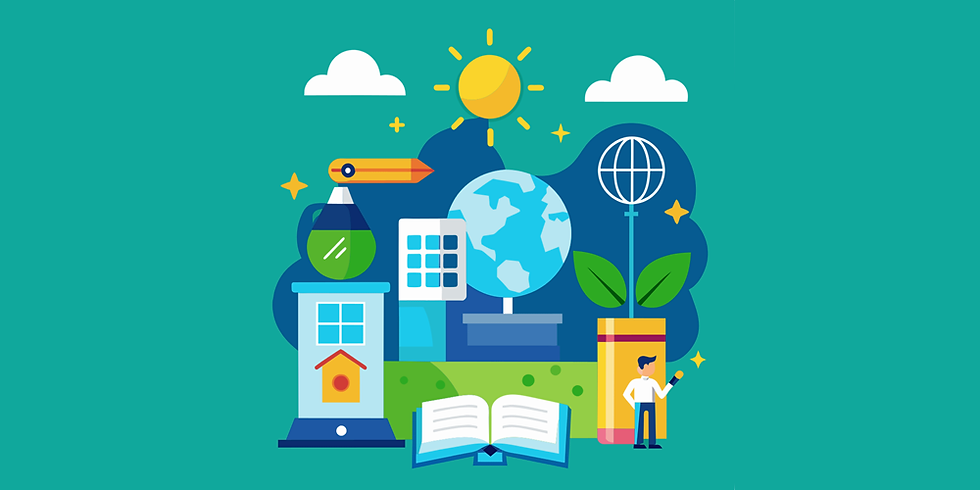A 14-Year-Old Teen Found Greener Plastic Alternatives
- Cherry Sung
- Oct 30, 2019
- 2 min read
Jacqueline Prawira had proven herself as a proficient scientist since she was in fourth grade. She has competed in annual science fairs, and now she won a Broadcom Masters Award in October of 2018, when she was only 14. The stress she got during nights before the competition haunted her, but she was confident on the floor with her research and experiments done.
"Everything was coming out of me, like I was born to say it.”
“I remember when the first judge asked me their first question... I was not really conscious about what I was saying. Words just came out of my tongue, like I was born to say it,” Prawira tells Inverse. That science fair was just one of many other competitions that led Prawira's path to the nation-wide 2018 BROADCOM Masters tournament in Washington, D.C., where she presented her work in creating biofiber plastics created from paper, cotton, and corn husks.
About 4,000 student scientists participated in science fairs around the US, and Prawira was the winner of one of the top awards the competition.
“It was a long journey, from my school science fair in the classroom, the actual school science fair, then to my county, then state, and then up to the BROADCOM Masters level, and then that fateful day when I got that call about the award,” Prawira reflects.
Bioplastics, also known as bio-based plastics, are plastics that are produced using eco-friendly materials and discarding the typical manufacturing method using Earth-polluting materials like petroleum. In recent years, scientists have discovered that glucose can be broken down into molecules that can link together to form plastics, reducing our dependence on oil as well as the carbon footprint that comes with it.
Prawira’s previous experiments done at home produced “broken rice bioplastic,” a conglomerate of broken rice starch, water, acetic acid, and other compounds. In her award-winning experiment, she attached other types of fibers to the broken rice starch to improve the strength and flexibility of the resulting plastic.
"I made my plastic this way so it can be a disposable plastic for items that we use in every life."
She was hunting for a way to use up the cellulose fibers in cotton, corn, and paper that are usually tossed into landfills during processing, where they can wind up in waterways. Her experiments culminated in the discovery that bioplastic made with paper fibers is the strongest, while adding cotton fibers makes bioplastic more flexible. Now a high school junior, Prawira’s next goal is to develop a bioplastic that can fully degrade in the soil and in the ocean.
Prawira identifies our dependence on non-dispoable, environmentally unfriendly items like single-use plastic bottles as the roots of the “plastics problem."

"At its most basic level," she says, "science is a way to solve and answer questions to create new knowledge, which to her is precious."
“Science is not only just about discovering new things, it’s the very act of discovery itself."
“With science, it’s not about always depending on other others to find the answer for you. You can do it yourself.”



